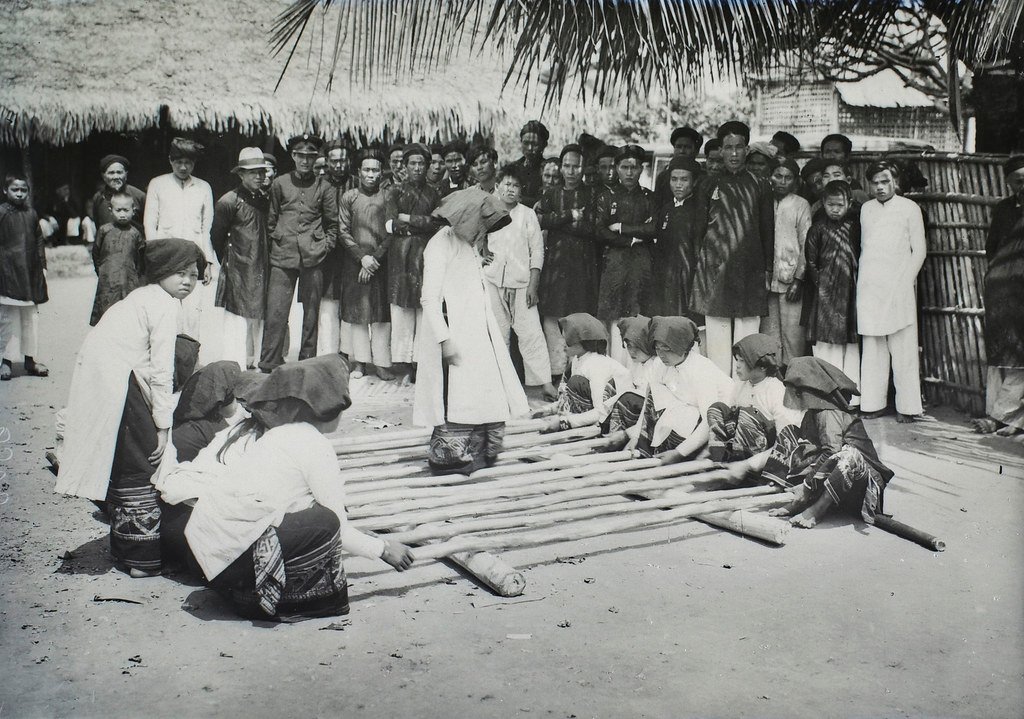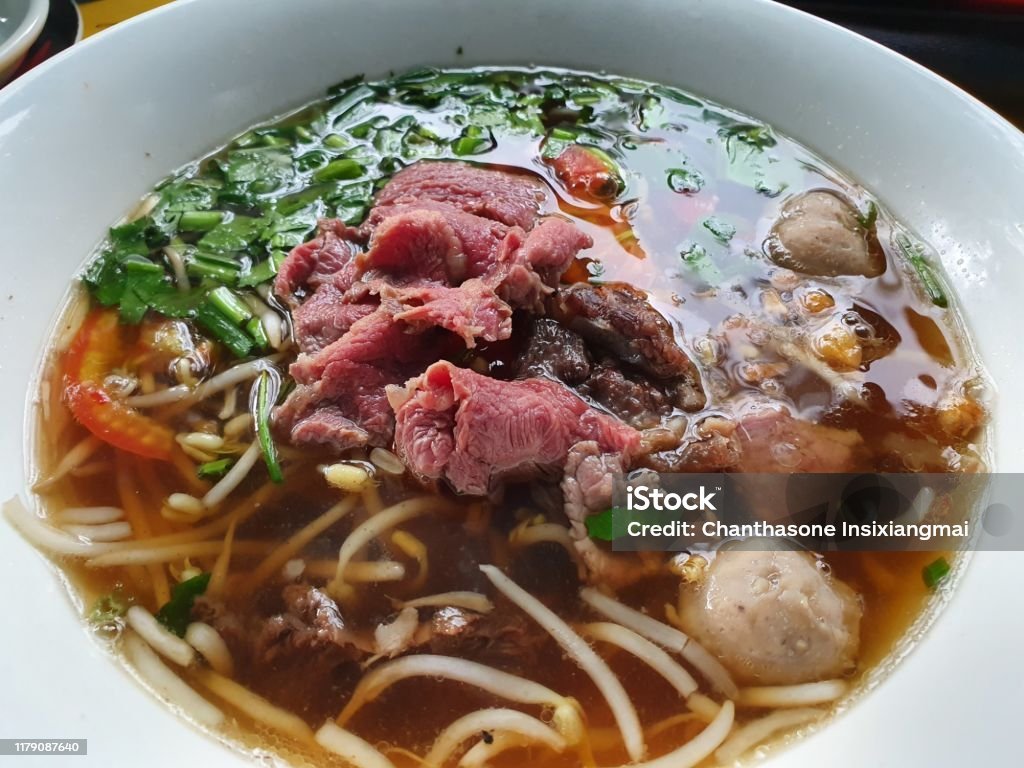
Vietnam is home to 54 ethnic groups, each contributing to the nation’s rich cultural tapestry. Over centuries, these groups have shared a deep bond, united in their struggle for independence, their protection of territorial integrity, and their efforts to build a prosperous nation. The diversity of their unique traditions, languages, and lifestyles has created a vibrant culture, celebrated for its unity in diversity.
A Nation of Shared Struggles and Unity
The history of Vietnam’s ethnic communities is one of solidarity and resilience. Despite challenges and invasions, the ethnic groups have stood together to defend their homeland and assert their independence. This unity forms the backbone of Vietnam’s cultural identity. Central to this identity are traits such as patriotism, diligence, creativity, and a profound connection to nature and community. The Vietnamese people’s kindness, compassion, and communal spirit further enrich their culture.
Linguistic and Cultural Classifications
Vietnam’s 54 ethnic groups are classified into three linguistic families and eight language groups:
- Viet-Muong
- Tay-Thai
- Hmong-Dao
- Kadai
- Tibeto-Burman
- Austroasiatic (Mon-Khmer)
- Austronesian
- Sino-Tibetan
Each group’s language, customs, and traditions reflect their adaptation to geography and local conditions, showcasing the diversity within Vietnam’s cultural landscape.
The Viet-Muong Group
The Viet-Muong group includes four ethnicities: Kinh, Muong, Tho, and Chut. This group is predominantly engaged in wet rice cultivation and fishing. Their cultural and spiritual life centers around ancestor worship, which remains an integral part of their identity. The Kinh people, forming the majority of Vietnam’s population, have significantly influenced the nation’s cultural and economic development. Traditional crafts such as weaving, pottery, and metalworking have reached a high level of sophistication within this group.

The Tay-Thai Language Group
The Tay-Thai language group comprises eight ethnicities: Tay, Thai, Nung, Giay, Lao, Lu, San Chay, and Bo Y. Concentrated in northern provinces like Lang Son, Cao Bang, and Yen Bai, these groups thrive in regions with fertile valleys and mountain ranges. Their expertise in wet rice farming, combined with their ingenuity in creating irrigation systems, highlights their deep understanding of their environment.
Stilt houses are characteristic of their architecture, while crafts such as forging and weaving produce items of exquisite beauty. Spiritual beliefs are unified around concepts of the cosmos, humanity, and deities, yet each group’s distinct customs shine through in their clothing, housing, and lifestyle.

The Hmong-Dao, Kadai, and Tibeto-Burman Groups
These three groups include several smaller ethnicities, such as the Hmong, Dao, La Chi, and Lo Lo. Predominantly residing in mountainous regions like Ha Giang and Lao Cai, their villages are often perched on slopes or nestled along streams. The adaptability of these communities is evident in their agricultural practices, such as cultivating maize and rice on terraced fields.
The women of these groups are skilled artisans, producing textiles and garments that reflect their cultural heritage. Highland markets are vibrant hubs of economic and cultural exchange, where their music, traditional clothing, and culinary arts come alive.

The Mon-Khmer Group
Comprising 21 ethnicities, including Ba Na, Bru-Van Kieu, and Khmer, the Mon-Khmer group is scattered across the Northwest, Central Highlands, and Southern regions. Their primary livelihood revolves around swidden agriculture, using traditional methods to cultivate crops. Their distinctive longhouses, communal Rong houses, and Khmer temples are architectural highlights of their culture. Festivals and community rituals add to the richness of their cultural identity.


The Austronesian Group
The Austronesian group, with five ethnicities—Cham, Gia Rai, E De, Raglai, and Chu Ru—is concentrated in the Central Highlands and coastal areas. Their matriarchal traditions shape their social and cultural life, influencing everything from inheritance practices to family roles. The Austronesian cultural identity is further reflected in their traditional music, dance, and vibrant festivals.

The Sino-Tibetan Group
The Sino-Tibetan group includes three ethnicities: Hoa, Ngai, and San Diu. Spread across northern, central, and southern Vietnam, these communities have a patriarchal societal structure. Their cultural identity incorporates elements from both their ancestral heritage and the local Vietnamese environment, creating a unique blend of traditions.

Cultural Expressions of Unity
Despite their differences, Vietnam’s ethnic groups share a common ethos of unity and mutual support. This spirit is epitomized in President Ho Chi Minh’s words to the Congress of Ethnic Minorities:
“Whether Kinh, Tho, Muong, or Man, whether Gia Rai, E De, Xe Dang, or Ba Na, all are children of Vietnam, all are siblings. We live and die together, share joys and hardships, and help one another in need. Rivers may dry, mountains may erode, but our unity will never waver. Together, we are determined to safeguard our independence.”

Vietnam’s cultural diversity is a remarkable testament to the harmony of its 54 ethnic groups. Each group contributes its unique heritage to the national identity, creating a culture that is as unified as it is diverse. From the intricate crafts of the Tay-Thai people to the vibrant markets of the Hmong-Dao groups, and from the matriarchal traditions of the Austronesian groups to the spiritual life of the Viet-Muong communities, Vietnam’s ethnic groups embody the resilience, creativity, and unity of the Vietnamese people. Through their shared struggles and aspirations, they have forged a cultural legacy that stands as a beacon of harmony and strength.







